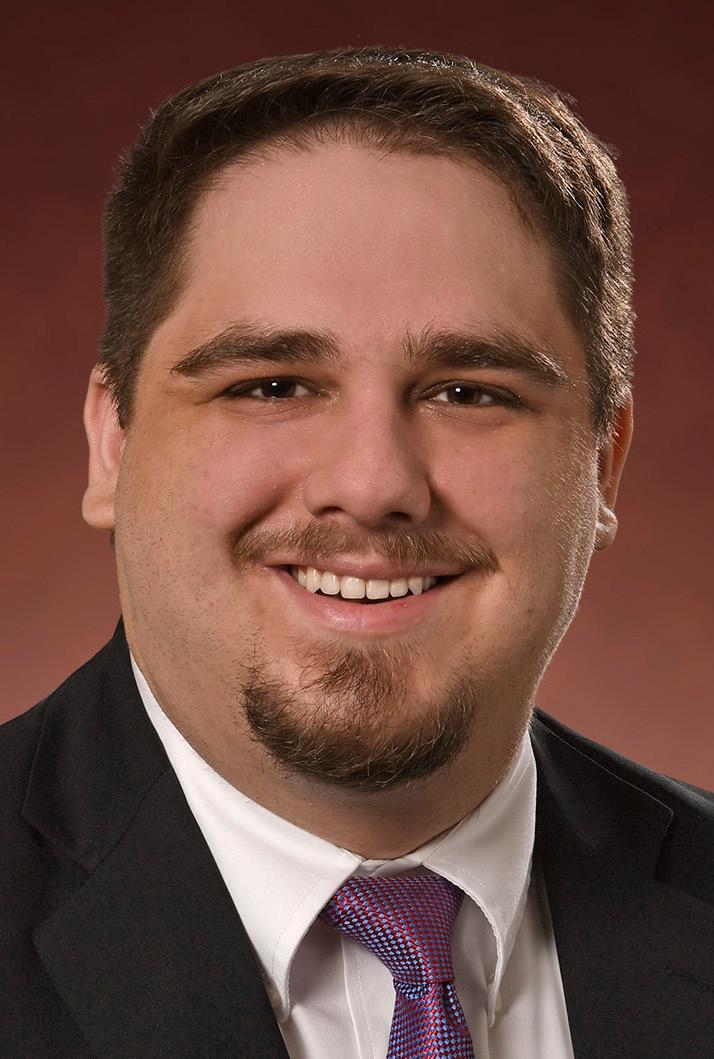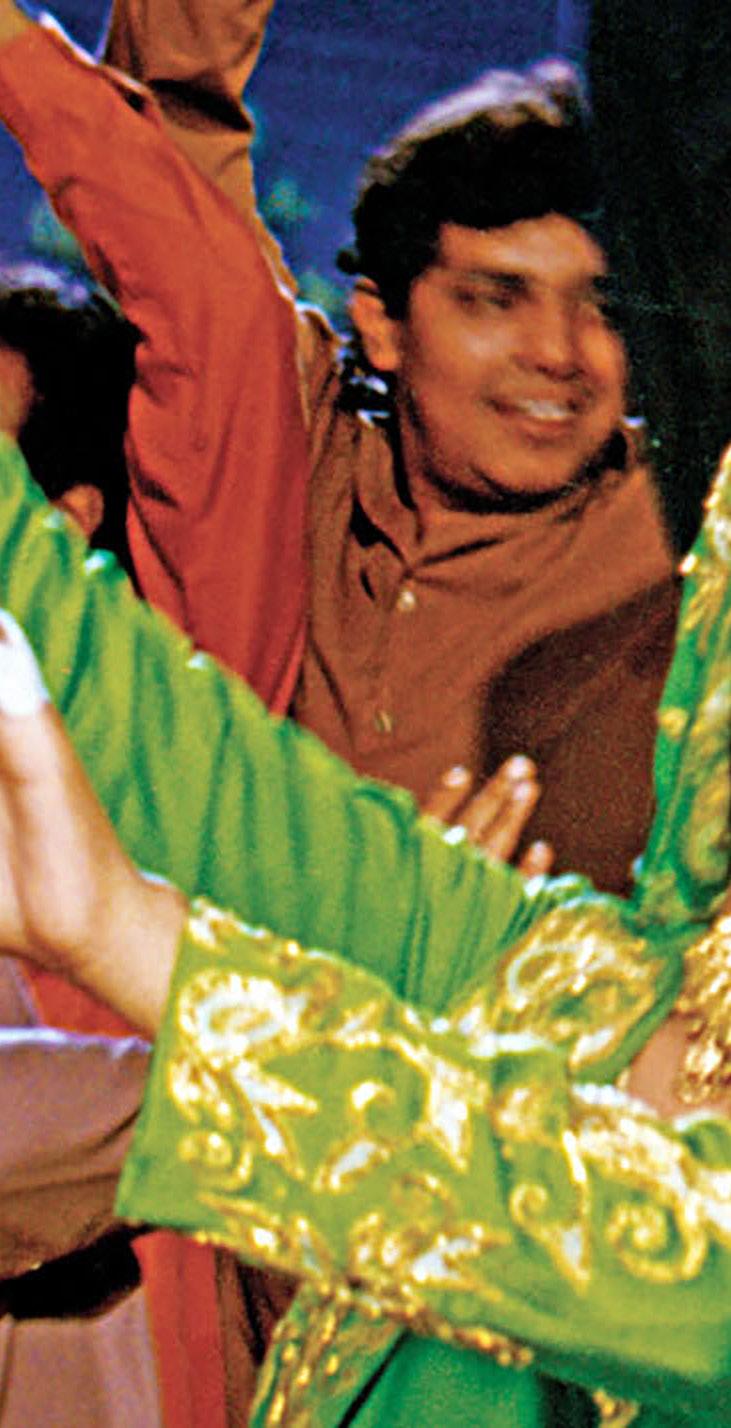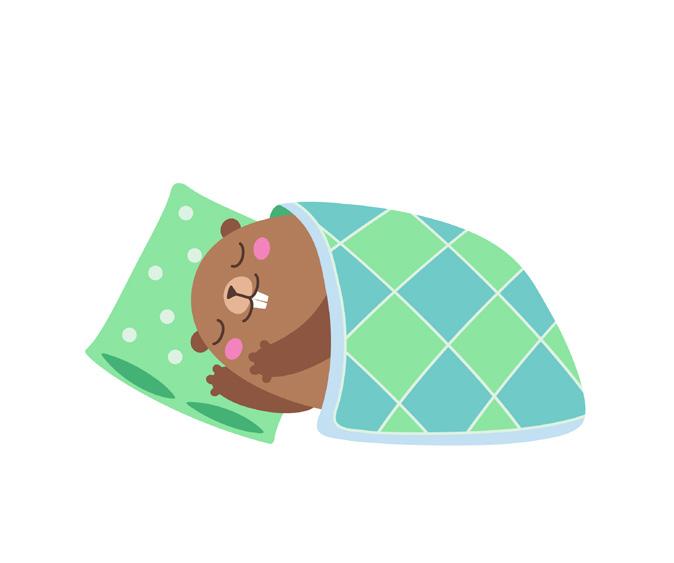Arranged for Who? A Response to the Committee and the Cowboy By Harshwinder Kaur
The iconic Bollywood film, Dilwale Dulhania Le Jaayenge (1995), revolutionized cultural attitudes towards arranged marriages. Raj meets Simran, they fall in love, but cannot marry because Simran’s father has arranged her marriage to his best friend’s son. The plot follows the couple’s journey to convince Simran’s father to let her marry for love. Simran’s father eventually agrees and lets her choose her spouse with the iconic line: “Ja Simran ja, jee le aapni zindagi” (“Go, Simran, go, live your life the way you want to”).
L
ike many other young Indian women, I had every detail of my colorful, multi-day, dream Indian wedding planned on Pinterest before I even had a boyfriend, let alone a fiancé. Indian weddings are beautiful, full of celebrations, and consist of a myriad of diverse traditions that reflect our rich history and unique culture. However, whenever I spoke about Indian weddings with my non-Indian, often white, peers they always brought up the topic of arranged marriages. They would ask me whether my parents required me to get an arranged marriage and even when I did get engaged to my fiancé, who also happens to be South Asian, the first question my white peers asked was “did your parents arrange your marriage?” “Arranged marriage culture” is so strongly intertwined with Indian wedding culture that they are sometimes indistinguishable. The failure to separate the two can often result in negative stereotyping of the diverse South Asian diaspora into one monolith with the idea that all Indians have arranged marriages. Which is bizarre, because if you talk to anyone from India, they’ll tell you of the legendary love stories of Radha-Krishna or Heer-Ranjha. Or if you’re a Bollywood fan, then you’re certainly familiar with the saga of Raj and Simran. Sometimes, this stereotyping about arranged marriage leads to false and harmful conclusions, like the Indian tradition of “more input”
20
•
THE DOCKET
•
M A Y/ J U N E 2 0 2 1
when matchmaking leads to lower divorce rates and happier marriages (see the February 2021 issue of The Docket). I understand the alure of exotifying arranged marriages, but it presupposes that the problem in the West is that there is a dearth of information for people who are choosing partners in a non-arranged context. This assumption is false since there is rarely a problem of having too much information or input when seeking a partner. Often more information helps everyone make a better choice! What we should focus on instead is the individual’s choice in entering a marriage or the individual’s choice to end a marriage. Shifting the focus to choice allows us to broaden the conversation, to be more inclusive. For example, up to this point, we haven’t even discussed non-heteronormative couples who may seek completely different things than what their parents or community might want for them. In fact, India hasn’t even granted equal marriage rights to same-sex couples. It’s also important to note that there’s a difference between matchmaking and arranged marriage. Matchmaking is like swiping on Hinge but your parents, family, and friends, are involved in the process. All of this unasked for input may already ring true for half the millennials I know! Arranged marriage culture and stereotyping, on the other hand, is often used to suppress individual choice.












